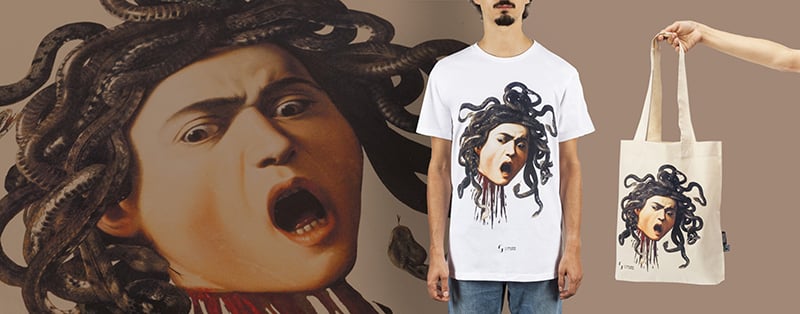Blog
All articles
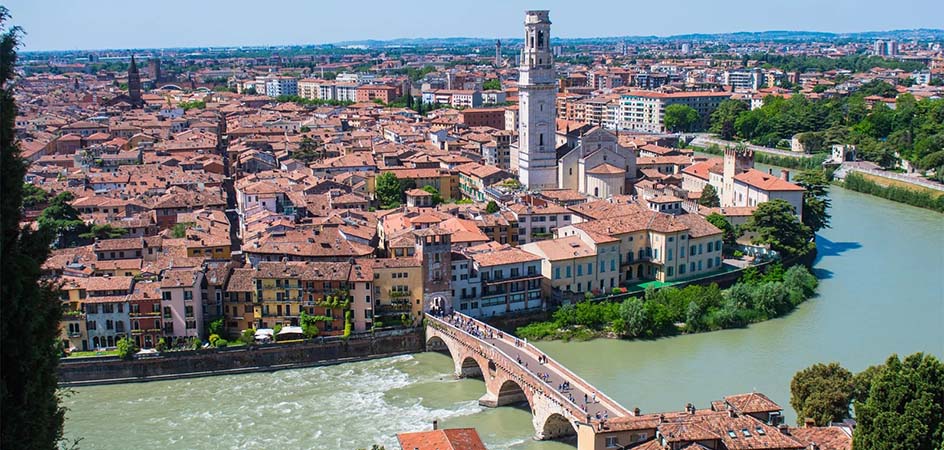
Discovering Verona: what to see among art, history, and museums
Verona is not just the Arena and Juliet’s House: behind its most iconic landmarks lies a city capable of charming visitors in countless other ways. Strolling through its cobbled streets and lesser-known corners, you’ll encounter places rich in history and fascination —unmissable stops for any first-time visitor. Let’s explore some
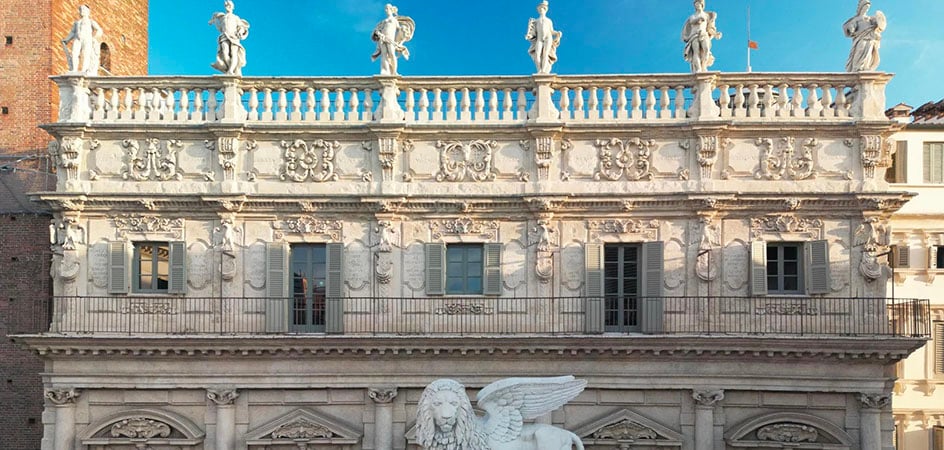
From the historical Avant-Gardes to the Trecento: the story of Palazzo Maffei
Majestic and elegant, Palazzo Maffei stands like a theatrical backdrop at the end of the enchanting Piazza delle Erbe, in the heart of Verona. Its 17th-century façade, animated by lively Baroque decorations, introduces interiors filled with the treasures of Luigi Carlon’s collection. An entrepreneur and passionate collector, Carlon has transformed
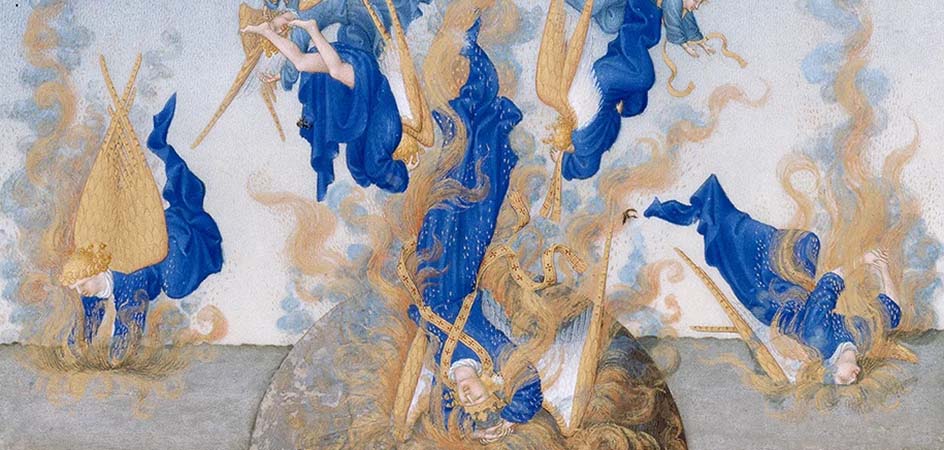
The art of miniature painting between the Middle Ages and the Renaissance: techniques, history and masterpieces
Long – and wrongly – regarded as a “minor art”, miniature painting is one of the most refined and exquisite artistic expressions of ancient, medieval and Renaissance Europe. Less known to the general public than its “major sisters” (painting, sculpture and architecture), it is a precious testimony to the skill
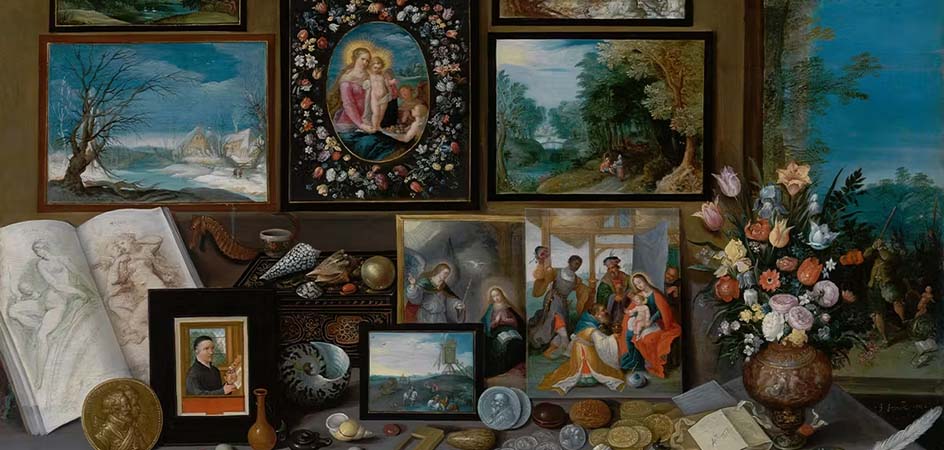
Wunderkammer: cabinets of curiosities between collecting, art and science
Wunderkammer, cabinets de curiosités, chambers of wonders: from the late Renaissance onwards, this is how domestic spaces devoted to the gathering and display of natural specimens, artefacts and curious objects came to be known. Mysterious and fascinating places, they expressed a unique form of scientific collecting, from which today’s natural
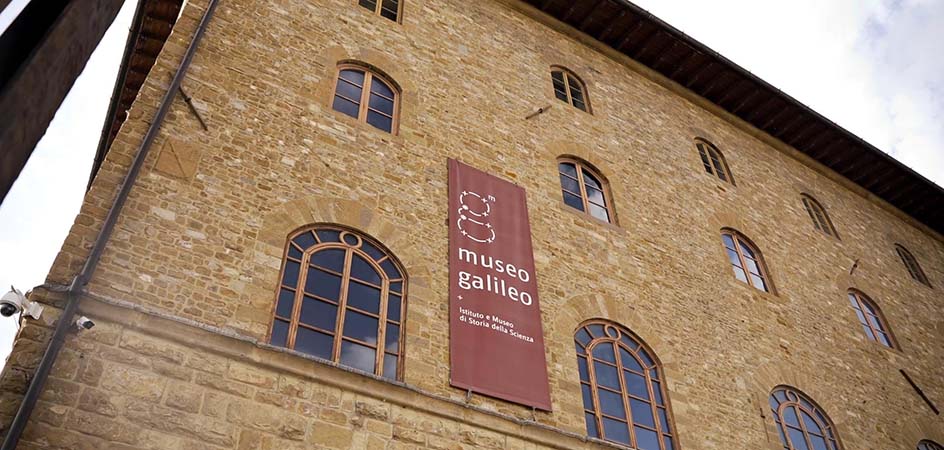
What to see at the Museo Galileo: a journey through science, curiosity and inventions
Renamed Museo Galileo in 2010, the historic Institute of the History of Science of the University of Florence is dedicated to the material testimonies of Italian science and was the first of its kind in Italy. The collection – among the most important in the world – also includes instruments
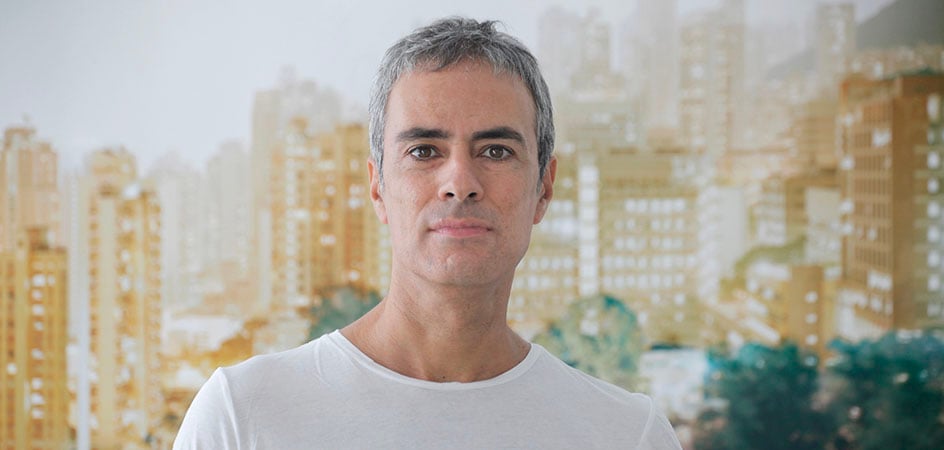
Francesco Jodice for the Gallerie degli Uffizi: interview with the winner of the Orbital Cultura Award 2023
“The photographs are deliberately meant to allude, with a touch of irony, to a postcard-like dimension as a defence mechanism against the erosion imposed by globalisation.” This is how Francesco Jodice, an internationally renowned artist, comments on the snapshots taken in 2023, when he won the Orbital Cultura Award and
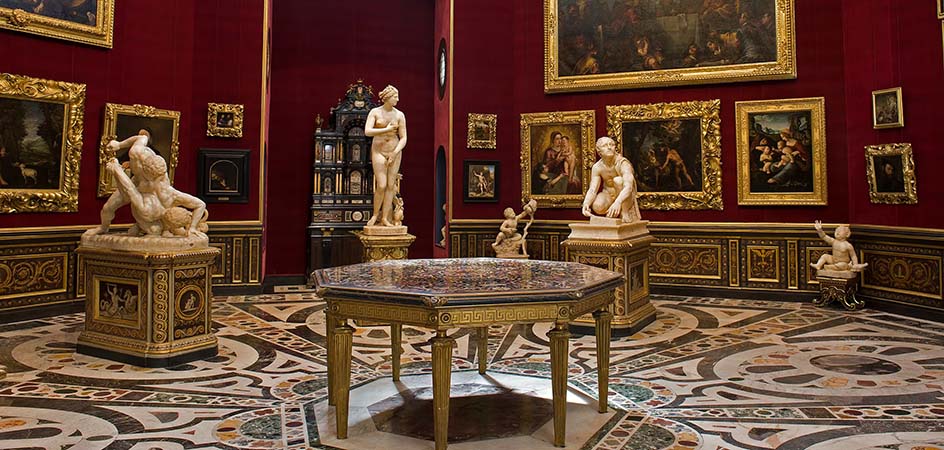
The Tribuna degli Uffizi: heart of the first modern museum and treasure-box of wonders
Just past the halfway point of the first corridor of the Gallerie degli Uffizi opens the famous Tribuna. A magnificent, refined space, commissioned by Grand Duke Francesco I de’ Medici and conceived as a true room of wonders. Today it can be admired from various viewpoints but, for conservation reasons,
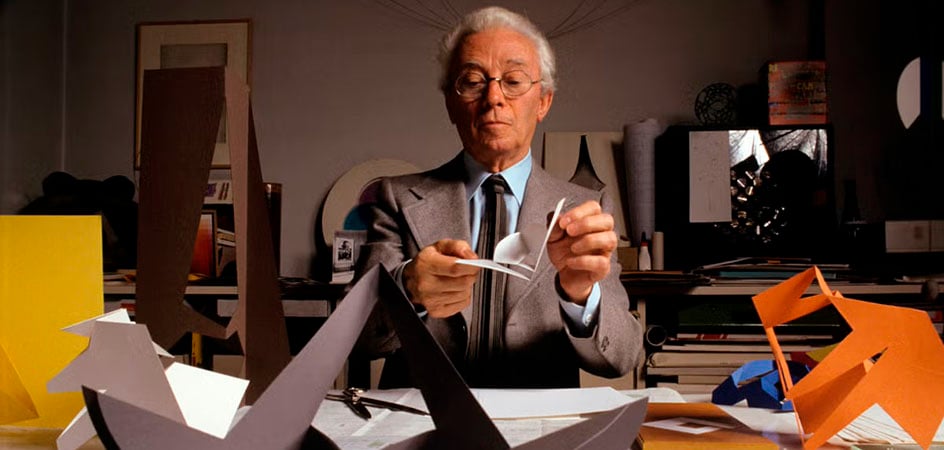
Bruno Munari’s Compassi d’Oro: a multifaceted artist and designer
Independent artist, advertising graphic designer, author of books for children and adults, inventor of industrial products and of the Macchine inutili: during his long and prolific career, Bruno Munari (1907–1998) was everything and its opposite. Driven by unquenchable curiosity and boundless imagination, he succeeded in merging fantasy and ingenuity, creative
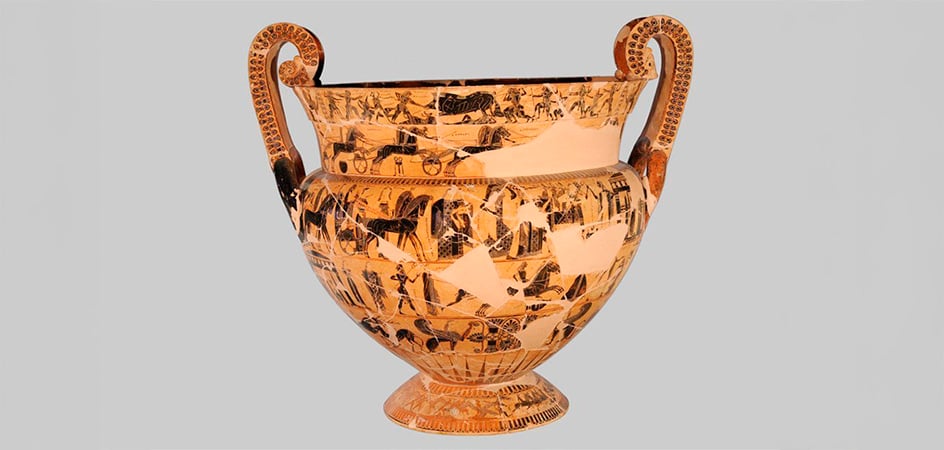
The François Vase: the story of the magnificent Greek krater born (at least) twice
A remarkable artefact, the François Vase is a rare and invaluable example of Attic ceramic production—so much so that some scholars have proposed renaming it Rex vasorum, the King of Vases. Its fame stems from its unusual shape and the magnificent painted scenes that cover its surface. Dynamism and stillness,
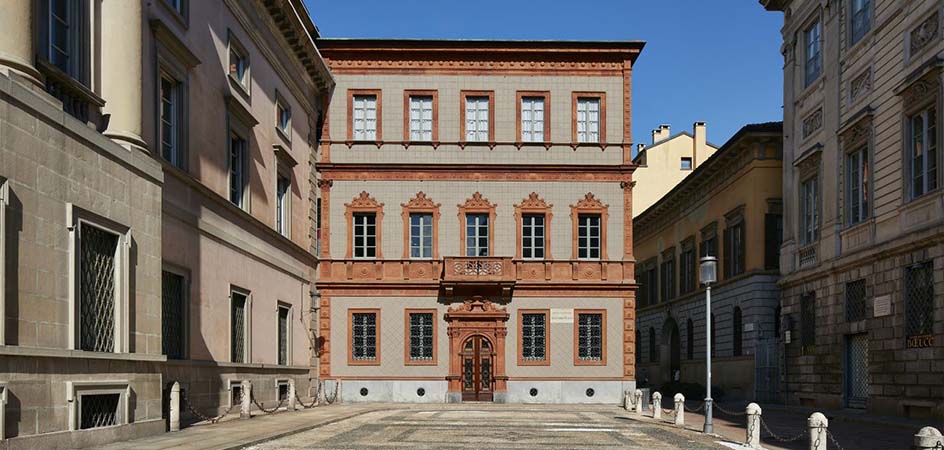
Casa Manzoni, the Museum celebrating the intimate world of a great writer
Casa Manzoni combines the charm of a historic residence with the documentary function of a museum. The Milanese home of the great writer from 1814 until his death, it preserves some rooms in their original layout and devotes others to telling the story of the man, the writer, and his
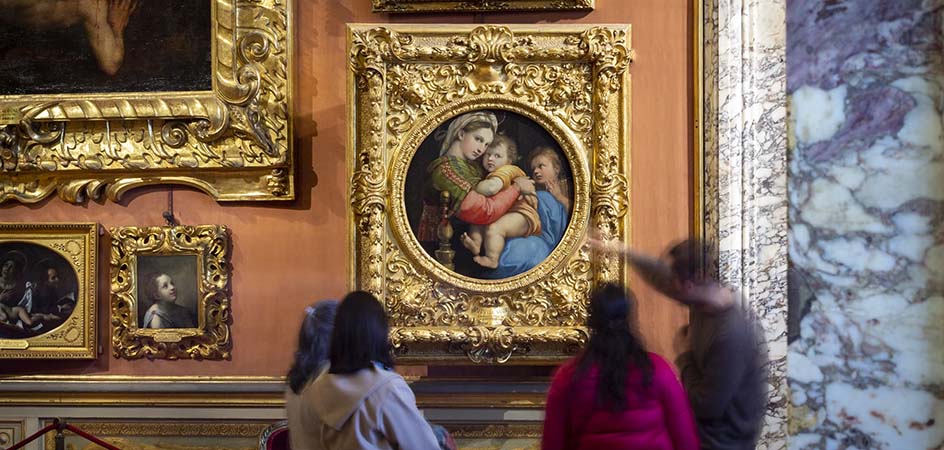
The Galleria Palatina at Palazzo Pitti: a journey through Renaissance and Baroque painting
The Galleria Palatina is one of the museums housed in Palazzo Pitti, the former grand ducal residence in the heart of Florence. Located on the piano nobile of the building, alongside the Royal and Imperial Apartments, it preserves today a collection of paintings that is unique in the world—an outstanding
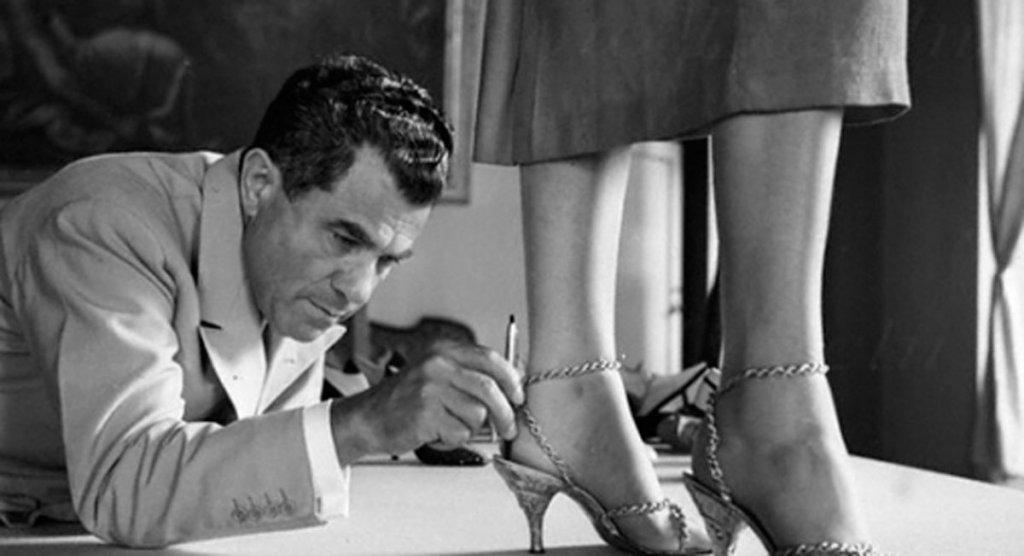
Salvatore Ferragamo and his Museum: the flair and genius of a footwear artist
If we wear wedges today, if our heels are comfortable, precious or simply colourful, we owe it to Salvatore Ferragamo. Born into humble beginnings, he conquered American celebrities and the global public with the bold originality of his footwear—an expression of rare and brilliant creativity. The Museo Salvatore Ferragamo is
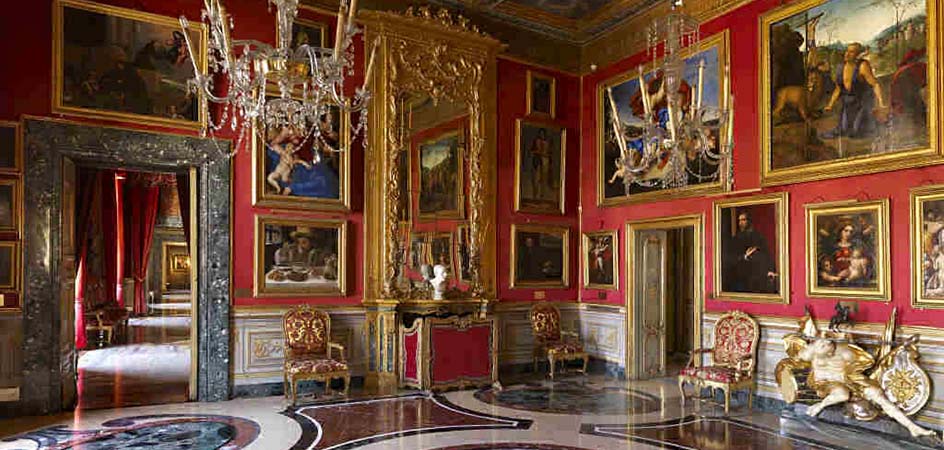
Galleria Colonna: a priceless collection within the walls of a historic Palazzo
A dynasty that has spanned eight centuries, a palazzo radiating all the grandeur of the Baroque, and an extraordinarily rich art collection: these are the elements of a true yet incredible story, one that spans the centuries and reaches us today. The address is Piazza SS. Apostoli 66 in Rome,
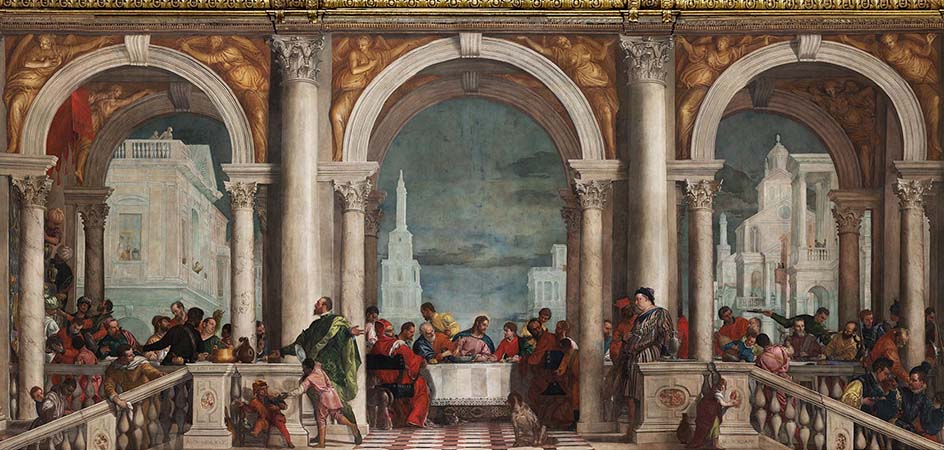
From Giorgione to Veronese: the explosion of colour in 16th-century Venetian painting
Unique and exceptional, Venice is not only a must-see destination for anyone visiting Italy, but also an essential stop for art lovers. It was here that, in the sixteenth century, a new style of painting took shape—one that could rival the Tuscan-Roman school and establish itself firmly in the cultural
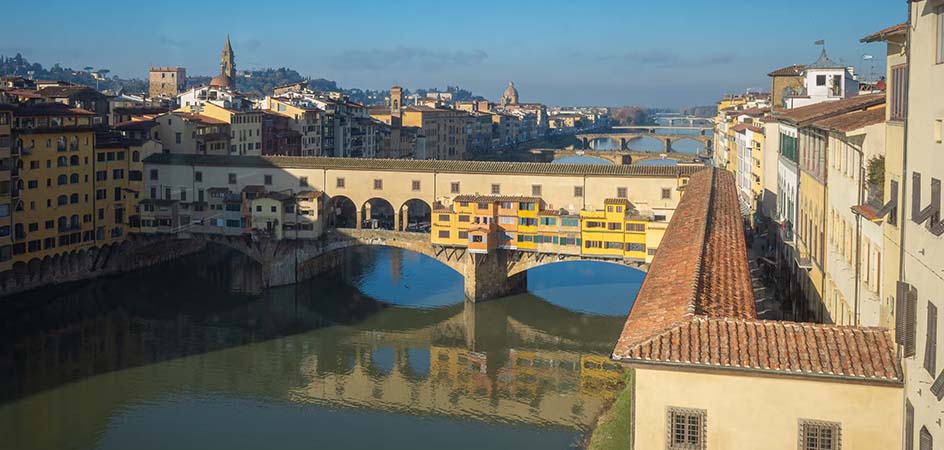
The Corridoio Vasariano: a striking elevated passage through history and the cityscape of Florence
Unprecedented, accessible and spectacular, the Corridoio Vasariano reopened to the public in late 2024 after an eight-year restoration that now allows visitors to walk the entire length of this historic passageway: 750 covered metres linking the former Medici residence of Palazzo Pitti with the seat of government, Palazzo Vecchio.
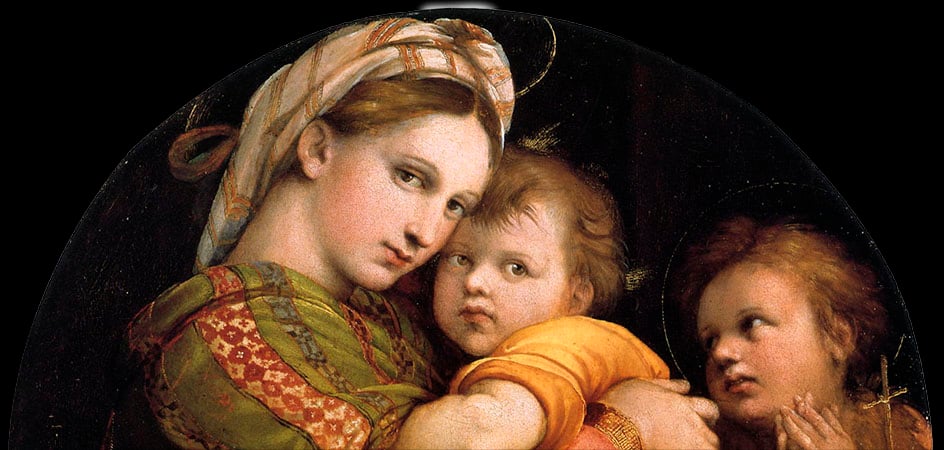
Raffaello’s Madonna della Seggiola, a masterpiece of rare familial intimacy housed in Palazzo Pitti
Displayed in the Sala di Saturno at Palazzo Pitti is one of Raffaello Sanzio’s most celebrated works: the Madonna col Bambino e san Giovannino, commonly known as Madonna della Seggiola. Set in an ornate seventeenth-century frame, the painting captivates for its deeply intimate tone – almost like a window into

Casa Martelli: an immersive journey into the life of an ancient Florentine dynasty
To those unfamiliar with Florence, the name may not ring a bell. Yet the Martelli were a powerful noble family well known in the city as early as the 15th century. Prominent bankers with close ties to the Medici family, they held onto their wealth and influence for centuries, inhabiting
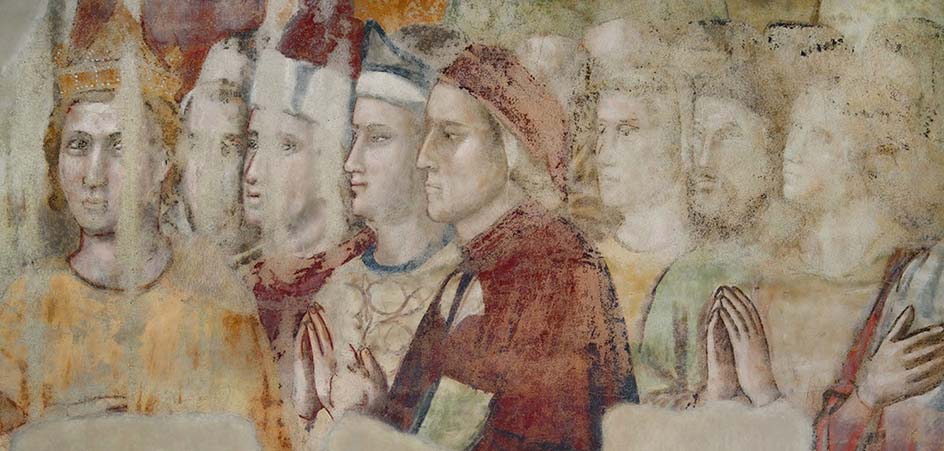
Dante at the Gallerie degli Uffizi: a journey through artworks inspired by the Supreme Poet
Few authors have inspired artists of the calibre of Giotto, Botticelli, Raffaello and Michelangelo as much as Dante Alighieri (1265–1321), still world-renowned for his Divina Commedia. A man of prose and poetry, Dante was forced to leave his native Florence due to political strife. Yet the city still preserves many
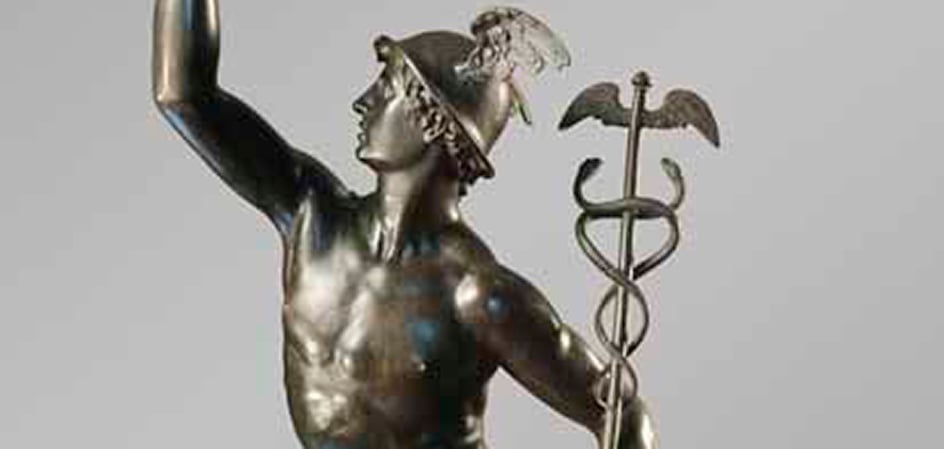
Giambologna’s Mercurio: an unrivalled icon of Florentine Mannerism
Determined, talented and tenacious, Giambologna – born Jean de Boulogne – is one of the leading figures of sixteenth-century Italy, and even today, anyone visiting Florence cannot help but admire his works. Among the most remarkable, celebrated and widely reproduced is certainly his Mercurio volante (1580, Florence, Museo del Bargello),
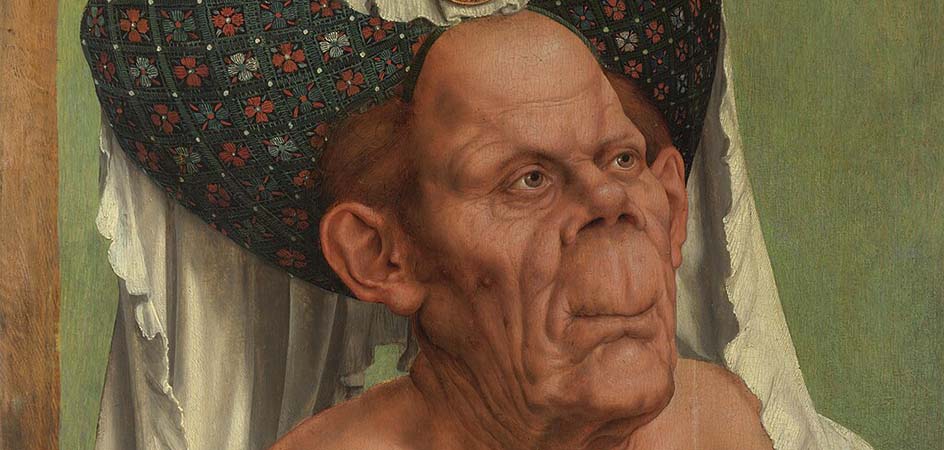
The beauty of ugliness: a fresh look at art between the 15th and 16th Centuries
Throughout the history of Western art, Ugliness has undergone a fascinating evolution. Initially viewed as a mere negation of beauty, it gradually acquired the status of an aesthetic category. This shift in taste and culture makes it even harder to define what is considered beautiful or ugly in art.
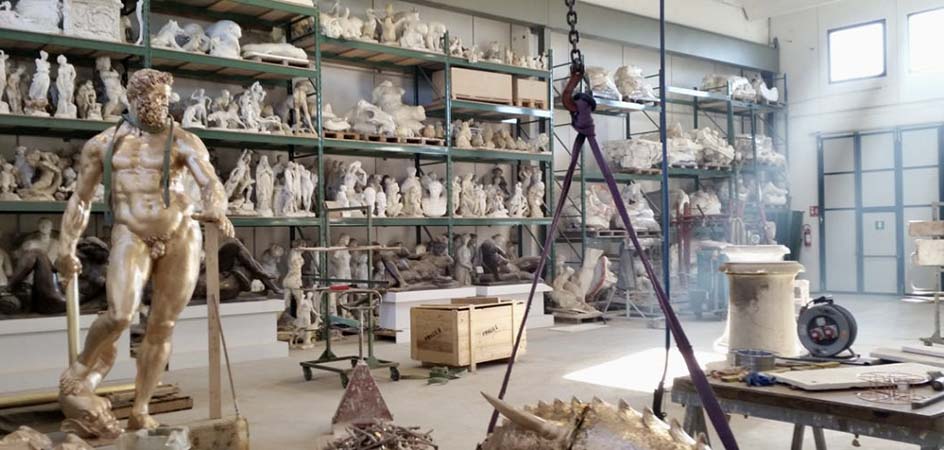
Florentine high craftsmanship: the historic Fonderia artistica Marinell
The story of the Fonderia Artistica Marinelli spans many years, built on ancient expertise and family traditions, where art and the highest Florentine craftsmanship merge to create one-of-a-kind works to admire and collect.
We spoke with its owner, Ferdinando Marinelli – grandson and namesake of the historic founder –
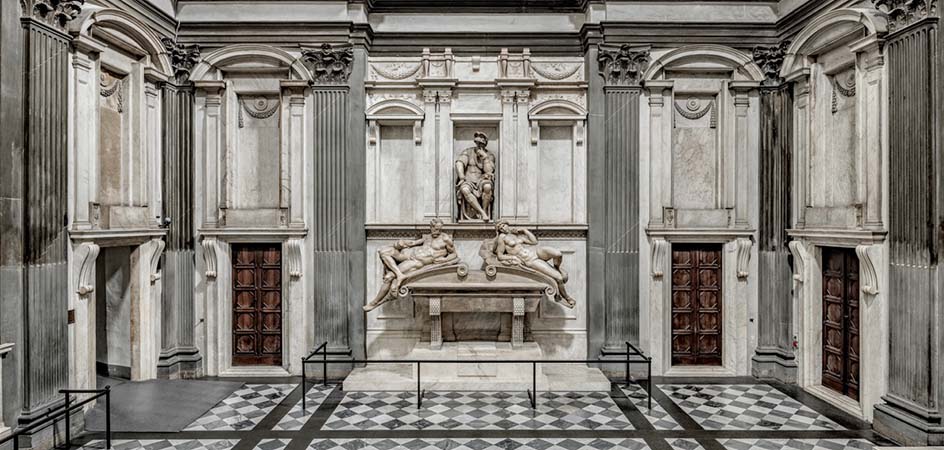
Sculpting space: discovering Michelangelo the architect
A supreme sculptor, an outstanding painter, Michelangelo was also an architect and writer – even though, by his own admission, he claimed he was neither. Yet he produced numerous verses in rhyme (published posthumously) and designed several buildings in both Florence and Rome. Many of his architectural projects were never
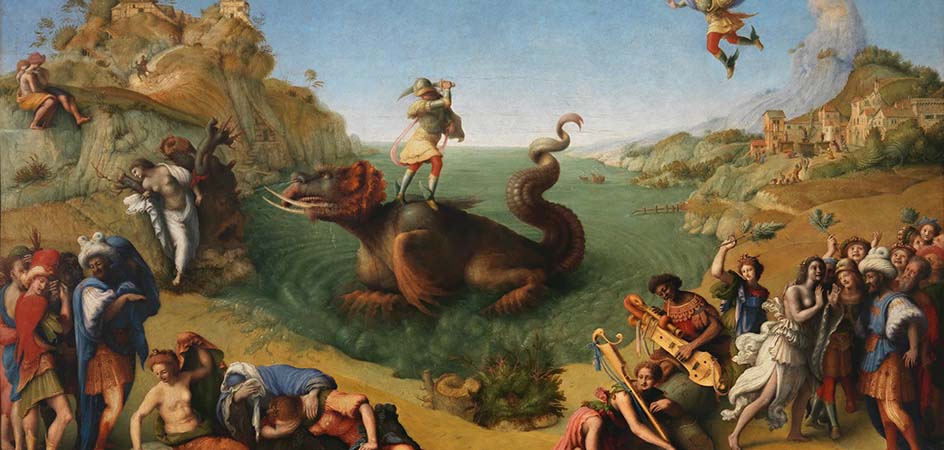
Greek mythology: stories of gods and heroes in painting and sculpture
From its earliest origins to the dawn of civilization and beyond, Greek myth has never ceased to captivate writers, philosophers, and artists. It survived Roman conquests, barbarian invasions, Christian reinterpretations, and more, arriving down through the ages largely thanks to the works of painters and sculptors who immortalized its stories.
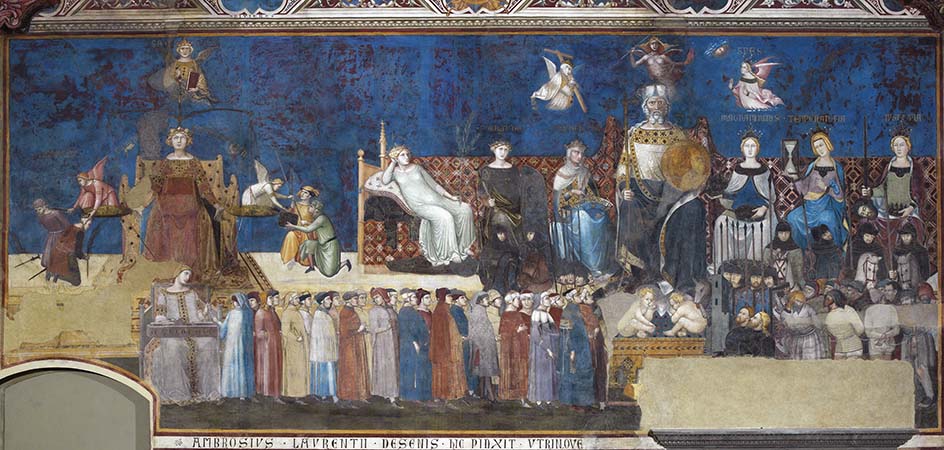
Allegoria del Buon Governo by Ambrogio Lorenzetti: a guide to interpretation
Between 1338 and 1339, the Sienese magistracy of the Nove (citizens chosen to administer the city) commissioned Ambrogio Lorenzetti (1290–1348) to paint the walls of the Sala della Pace in the Palazzo Pubblico, where government meetings were held. The result is a monumental cycle of frescoes, for a long time


